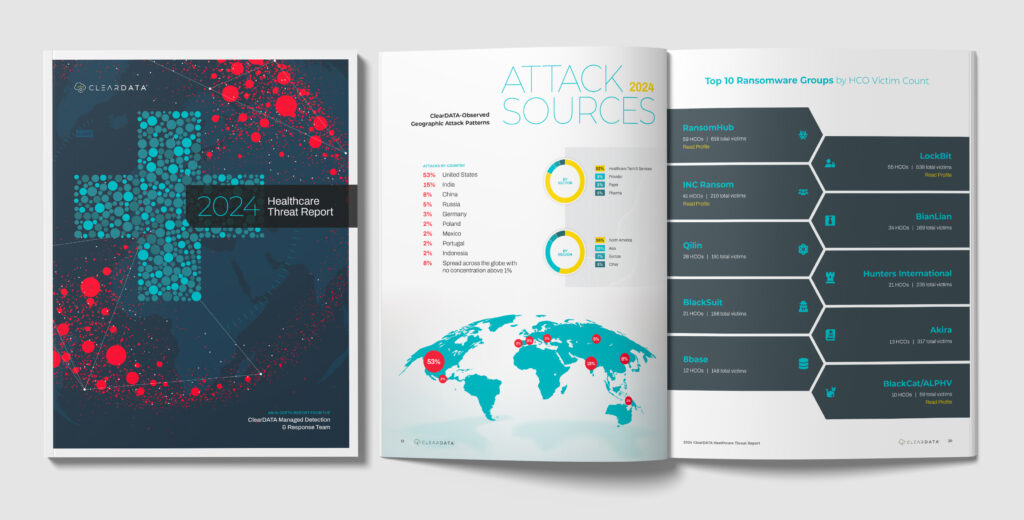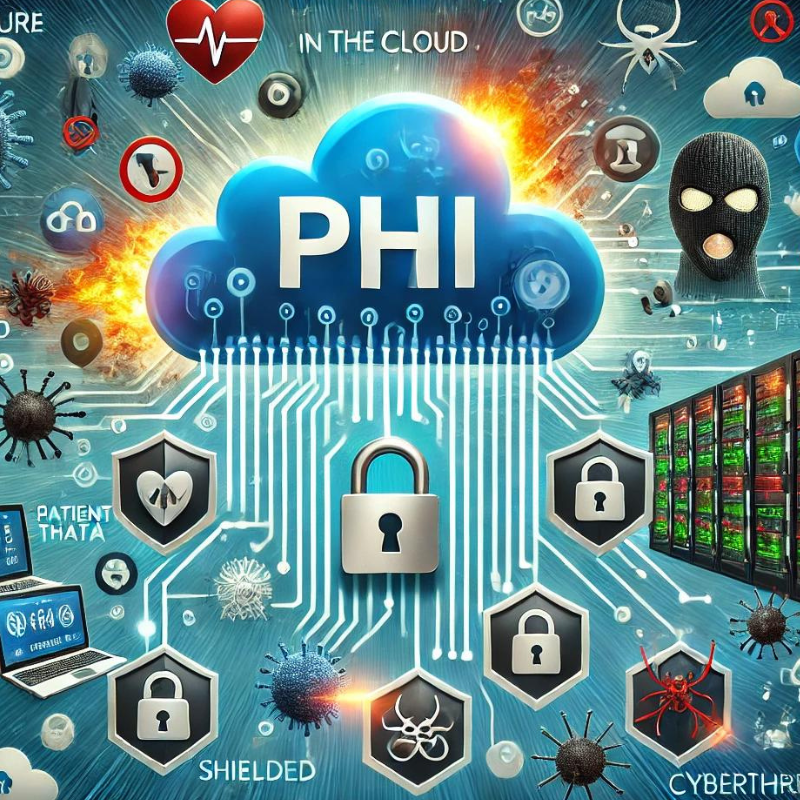Medical errors claim the lives of 251,000 Americans each year—surpassing accidents, strokes, respiratory disease, and Alzheimer’s.
How can healthcare organizations reduce this staggering number? The first step is documenting medical errors through comprehensive incident reporting.
Incident reporting in healthcare goes beyond tracking incidents that cause harm or death. It also includes near-misses and events with the potential to cause harm. The more incidents that are reported, the greater the opportunity for Root Cause Analysis (RCA) and the development of policies that can prevent future errors.
In this blog, we’ll explore the critical role of incident reporting in healthcare and share best practices for building effective incident reports.
What Is an Incident Report in Healthcare?
An incident report in healthcare is a formal documentation of any unexpected event that affects patient safety, staff well-being, or operational integrity.
These reports identify, track, and analyze incidents that could compromise care quality or disrupt daily operations. By documenting what happened, how it happened, and who was involved, healthcare organizations can use these reports to address issues, prevent recurrence, and improve overall safety protocols.
Examples of Incident Reporting in Healthcare
Incident reports capture a wide range of events, both clinical and non-clinical, that harm or pose risk to patients. A clinical incident, for example, may involve medication errors, patient falls, or adverse drug reactions. Non-clinical incidents could include data breaches, workplace injuries, or equipment malfunctions.
Common incident types:
- Patient Safety Incidents: Medication errors, surgical complications, misdiagnoses, or patient falls.
- Security and Privacy Incidents: Unauthorized access to patient records, HIPAA violations, or data breaches.
- Workplace Safety Issues: Staff injuries, exposure to hazardous materials, or physical altercations.
- Operational Failures: Equipment malfunctions, facility hazards, or supply shortages.
Types of medical errors that cause incidents:
- System Errors: Organizational shortcomings or failures of medical equipment or technology.
- Cognitive Errors: Due to inadequate knowledge by medical practitioners.
- No-Fault Errors: Caused by unforeseen circumstances, impossible to prevent even by the most careful practitioner.
Who Should Submit an Incident Report?
While clinical staff—such as nurses and physicians—are often the first to report patient-related incidents, other teams also play a vital role in identifying and documenting non-clinical events.
- Clinicians: Report patient-related incidents such as medication errors or procedural complications.
- IT Teams: Document cybersecurity incidents and system failures.
- Facilities and Operations Staff: Report physical hazards and environmental safety concerns.
What Is the Purpose of an Incident Report?
Primary Purpose: Improving Patient Safety
Each incident-reporting healthcare system improves patient safety by identifying the root cause of medical errors. Healthcare providers can document and review incidents—whether they cause harm or are near-misses—to develop targeted strategies that mitigate risks and prevent the recurrence of these root causes.
Example:
RCAs can uncover systemic issues—such as inadequate staff training or outdated protocols—that may contribute to incidents. The insights gathered from an RCA can be used to close gaps in patient care, building a safer, more reliable healthcare environment.
Compliance and Legal Protection
Incident reporting in healthcare also helps organizations meet healthcare regulations like the Health Insurance Portability and Accountability Act (HIPAA) and the Occupational Safety and Health Administration (OSHA).
These standards mandate that specific incidents—like data breaches or workplace injuries—must be documented and reported within established timeframes.
Failing to report incidents accurately and on time can lead to severe consequences, including:
- Financial penalties
- Legal liabilities
- Loss of accreditation
- Reputational damage
Building a Culture of Accountability and Transparency
A well-implemented incident reporting healthcare system is a cornerstone of a transparent and accountable healthcare organization. When staff feel safe to report incidents without fear of punishment or retaliation, it fosters a “no-blame” culture focused on learning and improvement.
Importance of Incident Reporting in Healthcare
Beyond the practical benefits, incident reporting in healthcare plays a significant role in building trust with patients and the broader community by fostering transparency and accountability.
Learning From Past Incidents
Every reported incident—whether it results in harm or is a near-miss—provides a valuable opportunity to identify risks and implement corrective actions.
For example, a pattern of medication errors within a department might reveal issues such as confusing drug labels or inconsistent documentation. Armed with this data, healthcare leaders can redesign workflows, enhance staff training, and implement safety protocols to prevent future errors.
By shifting from reactive responses to proactive risk management, organizations can learn from past incidents, anticipate future risks, and ultimately improve patient safety and care quality.
Operational Efficiency and Cost Reduction
Identifying recurring issues and their root causes allows organizations to take targeted actions to prevent incidents, reducing costs associated with litigation, regulatory fines, and operational disruptions.
Example:
A hospital with frequent patient falls in its geriatric ward may implement preventive measures such as improving lighting, installing bed alarms, and increasing staff training on fall prevention. Over time, these interventions reduce incidents, cut treatment and liability costs, and improve patient satisfaction.
Incident reporting data also helps organizations streamline processes and allocate resources more effectively. Staff can focus on providing high-quality care instead of managing avoidable crises.
Protecting Patient Trust
When incidents occur, patients and their families expect honesty and prompt action. With a robust reporting system, healthcare organizations can respond quickly and transparently, demonstrating their commitment to continuous improvement and patient safety.
Since the 1980s, the approach to addressing and preventing medical errors has improved significantly. How?
- Enhanced methods of incident reporting in healthcare have strengthened relationships between patients, physicians, and regulatory bodies.
- Advances in EHRs have further enhanced the ability to develop data-driven policies that maximize patient outcomes.
To sustain these improvements, healthcare organizations must use insights from incident reporting to shape policies and influence training programs for medical practitioners. Leveraging EHR data effectively is key to driving continuous improvement and optimizing patient care.
Incident Reporting in Healthcare Best Practices
By implementing best practices, healthcare organizations can improve reporting accuracy, reduce incidents, and create a safer environment for patients and staff. Here are key strategies for optimizing incident reporting in healthcare:
1. Establish a Clear Policy and Reporting Procedure
- Define Reporting Guidelines: Clarify what qualifies as an incident and the procedure for reporting it. This should include clinical events, security breaches, workplace safety issues, and any near-misses.
- Set Clear Expectations: Clearly outline roles and responsibilities for reporting so all employees—from frontline clinicians to administrative staff—understand their role in maintaining safety and compliance.
- Provide Consistent Updates: Keep reporting procedures up to date, reflecting changes in regulations or organizational needs.
2. Use an Easy-to-Access Reporting System
- Implement User-Friendly Digital Platforms: Use modern electronic reporting systems to simplify the process for faster staff documentation of incidents.
- 24/7 Accessibility: Reporting tools should be available at all times, with mobile access options for on-the-go reporting.
- Integrate with Other Systems: Seamless integration with EHR and risk management systems improves data accuracy and efficiency.
3. Focus on Training and Education
- Provide Regular Training Sessions: Conduct ongoing training for reporting processes and best practice comprehension.
- Offer Scenario-Based Learning: Use real-world examples to help staff recognize incidents and practice reporting procedures.
- Address Common Errors: Identify and correct reporting mistakes through targeted workshops.
4. Prioritize a No-Blame Culture
- Create a Supportive Environment: Emphasize learning and improvement rather than punishment when incidents are reported.
- Encourage Transparency: Promote open communication about incidents, focusing on solutions and system improvements rather than assigning blame.
- Recognize and Reward Reporting: Incorporate positive reinforcement to encourage proactive participation.
5. Analyze Data and Implement Corrective Actions
- Conduct an RCA: RCAs help identify the underlying causes of incidents rather than focusing solely on the symptoms.
- Use Trend Analysis: Identify patterns in incident data to uncover systemic issues and prioritize corrective actions.
- Develop Action Plans: Create targeted interventions based on analysis findings, such as revising workflows or updating equipment.
6. Continuous Monitoring and Evaluation
- Regularly Review Incident Reports: Set up routine audits to assess reporting accuracy, compliance, and the effectiveness of corrective actions.
- Update Policies and Procedures: Continuously refine reporting processes to address emerging risks and incorporate lessons learned.
- Leverage Performance Dashboards: Use real-time data visualization tools to monitor incident trends and share progress with leadership and staff.
Harness Incident Reporting in Healthcare With ClearDATA
Through consistent and transparent incident reporting in healthcare, healthcare organizations can turn their operations into a learning system—one that evolves to protect patients and staff while strengthening trust and accountability.
If you need help, ClearDATA is there. Our secure, HITRUST-certified cloud solutions provide healthcare organizations with the tools they need to protect sensitive data and meet compliance standards with confidence.
By partnering with ClearDATA, you can streamline your incident-reporting healthcare system, safeguard Protected Health Information (PHI), and reduce the risks associated with regulatory violations.
Ready to elevate your data protection strategy? Talk to one of our healthcare cloud experts to learn how ClearDATA can support your compliance and security needs while empowering your organization to focus on what matters most—delivering quality patient care.
FAQ
What is an incident report in healthcare?
An incident report in healthcare is a formal documentation of any unexpected event that affects patient safety, staff well-being, or facility operations. It includes details of what happened, how it happened, and who was involved.
What is the purpose of an incident report?
The purpose of incident reporting in healthcare is to document and analyze unexpected events to improve patient safety, meet regulatory compliance rules, and reduce risks. It helps healthcare organizations identify patterns, perform root cause analysis, and implement corrective actions.
Why is incident reporting important in healthcare?
Incident reporting in healthcare improves patient safety, ensures compliance with regulations, and improves operational efficiency. It allows organizations to identify risks, prevent future incidents, and make data-driven improvements to their operations.
Secure Your Healthcare Cloud



